Running for Rivers: An Interview With Keith Hanson
Keith Hanson, an ultra-marathon runner, is preparing to run 300 miles in 3 days across the state of South Carolina. We caught up with Keith and talked about his love for rivers and what he hopes to accomplish with this run.
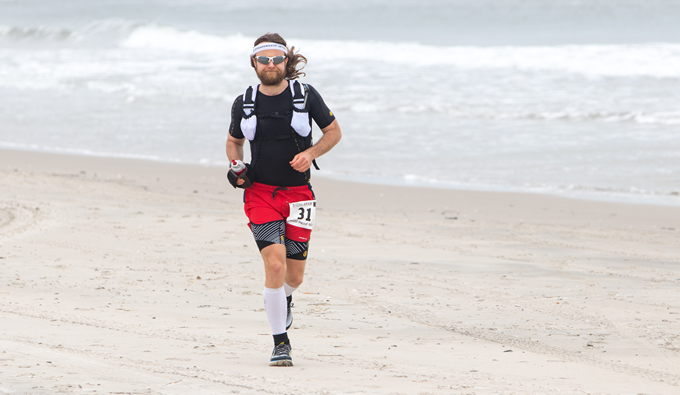
Ultra-marathon runner and biologist Keith “Wildman” Hanson is gearing up for his greatest journey yet – a 3 day, 300 mile run across South Carolina.
As a biologist and conservationist, Hanson is keenly aware of the threats that face America’s rivers and decided the best way he could bring attention to this issue was to do something that seems impossible to many. In November, the “Wildman” will tackle this great adventure.
Beginning in Upstate South Carolina, near the Saluda River and ending by the Stono River near Folly Beach, Hanson is going to run alongside some of South Carolina’s most iconic rivers; rivers that need our protection. From the mountains to the sea, Hanson’s goal is to complete this 300-mile journey across the Palmetto State in three days. He will test his body and mind to a degree he never has before, but that is what makes him the “Wildman”.
We recently caught up with Hanson to learn more about his connection to rivers. Read on for our interview with Hanson.
Why are rivers important to you?
KH: Rivers are important to me for a number of reasons.
First, there is just something that is so mesmerizing, so alluring, and intoxicating about beautiful, clean flowing water. It is primitive in a way, almost animalistic, but there is something deep within me that is moved when I see or when I am in flowing water. Rivers can literally and figuratively wash away the grime and stress of a hard day. Rivers always leave me feeling recharged and refreshed.
Rivers are important to me as a natural resource. Rivers are a vital part of the landscape; in fact, rivers play a major role in forming the landscape. Rivers are also critically important to nearly every ecosystem and are essential to human cultures and economies. It is nearly impossible to overstate the importance of rivers as a natural resource, especially as most of the population gets their drinking water from rivers.
Personally, rivers are especially important to me as a natural resource because of their function as a fish habitat and as a source of drinking water. Let us be quite clear, without rivers, we would not have such amazing craft beer!
Lastly, rivers are important to me recreationally. This is obviously intertwined with my last answer as it relates to rivers as a natural resource. Rivers provide a remarkably wide range of opportunities for consumptive and non-consumptive recreational uses. I love rivers for kayaking, fishing, birding, swimming, floating, looking for herps (reptiles and amphibians), and of course, running! Running next to, over, or through rivers really brings me great joy and makes the miles just flow by!
Whether you realize it or not, rivers are important to everyone. As American Rivers so eloquently states: Rivers connect us.
Is there a particular river that is special to you?
KH: I would have to say that there are two rivers that are especially important to me. The first is the Rocky River up in northeast Ohio where I grew up. The Rocky River is special to me because it is where I came to love rivers, wildlife, and nature in general. When I was growing up, my family would go on hikes and bike rides all along the river, constantly exploring the many miles of meanders. Spending so much time exploring the river, being immersed in nature is likely what propelled me to become a biologist and is the reason I am so passionate about research and conservation. Additionally, growing up in northeast Ohio, rivers are a special part of the cultural identity. This likely stems from the presence of the Cuyahoga River, which caught fire many times during the 20th century, most notably in 1969.
The second river that is special to me is the Cooper River in coastal South Carolina. The Cooper River is likely most famous for the “Cooper River” bridge (real name: Arthur Ravenel Jr. Bridge), which is a beautiful cable-stayed bridge that resembles a sailboat. The bridge is also well known because of the Cooper River Bridge Run, a 10-km footrace that takes runners across the bridge. For me, the Cooper River was really the first river in the southeast where I spent a lot of time when I moved down to Charleston in 2009. Boating, wakeboarding, birding, and just doing some cruising were some of my favorite things to do on the Cooper River my first few years in Charleston. Following graduate school, I started to do more research related to the river and found out how truly special, but also how modified, the river is. Since then, I’ve always had a special interest in the Cooper River. Recently, I was able to accompany the South Carolina Department of Natural Resources out to sample for endangered shortnose sturgeon (Acipenser brevirostrum) in the river. This sampling trip was an amazing experience and reaffirmed my passion for the river.
What do you hope to accomplish with this run?
KH: Primarily I hope to raise awareness and funds for American Rivers and the amazing conservation work they are doing every day. Everything else is secondary to that. However, because this is an endurance running adventure, my goal is to complete the fastest upstate-to-coastal crossing of South Carolina on foot. Using an endurance adventure like this represents a unique opportunity to reach out and inspire people about the importance of rivers.
What is the hardest thing about a long-distance run like this?
KH: It is difficult to pinpoint the hardest thing about a long-distance run like this, but I would have to say that sleep deprivation will likely be the biggest challenge. I am planning to sleep for short periods during the run (maybe 2-3 hours every 24 hours), but if I get behind schedule in time and/or mileage, sleep will be the first thing that is cutback. Aside from that, ultramarathon running in general presents a number of challenges. Something like a little pain or a blister can turn into a nightmare during a 300-mile run, whereas during a normal training day, it may not be an issue at all. Keeping up with hydration and calorie intake will be a significant challenge as well.
Describe a typical day of training.
KH: Right now, a typical day of training is “light,” as I have not ramped up the mileage. I am trying to get about 60 miles of running in per week, with that running evenly distributed among days. I am also doing a lot of strength training and mobility work. I would say that a typical day looks like this: After work, I like to do some light foam rolling and hip mobility work before I do any running. That lasts for about 15 minutes. Then I will do a dynamic warmup for about 15 more minutes. This involves jumping jacks, lunges, light jogging, other movements (no static stretching). Then I will do something like a focused strength workout (e.g., squats, lunges, single-leg squats, kettle bell swings) then take off on a run of anywhere from 8 to 12 miles. Following any run, I do some targeted stretching for a few minutes. Later at night, after dinner, shower, etc. I also do more mobility work, which involves a lot of foam rolling.
Tell us your favorite river story.
KH: I think one of my favorite river stories is from back home in Northeast Ohio. Many years ago, I was in the Rocky River with my family, just splashing around in a shallow section characterized by exposed bedrock with some larger stones. We were all flipping rocks (placing them back in their original location after flipping, of course) looking for crayfish and any other little critters. I was flipping some medium-sized stones and was not having any luck. So, as a kid, my attention started to wane a bit. Anyway, after a while of this, I thought I saw a little stick jammed underneath one of the stones, so I thought it might be a good place for some crayfish. As I lifted the rock, a ton of crayfish came shooting out! I quickly realized that stick was not actually a stick! This small brownish/grey snake catapulted itself right out from under the rock and through my legs before I really knew what happened. Without thinking, I took off running full speed after it. Luckily, I was able to run on the bedrock without slipping, but I could see that I was running out of real estate and there was a deep pool section just ahead. I was directly behind the snake as it made it to the deep pool section. At that point, I just went for it and dove – fully laid out like a major-league outfielder – directly into the deep pool section where I definitely could NOT touch the bottom. Treading water and fully clothed, with water running down my face, I held up the Queen Snake (Regina septemvittata) and yelled over, “I got it!” I swam my way back to the shallow bedrock and we all looked at the snake and its beautiful brown/grey dorsum with yellow/cream stripes running down its sides. After a few minutes of taking turns holding it, we let the snake go back into the water, hopefully unharmed, but certainly annoyed and probably late for dinner. Later, I found the habitat/ecology information for the snake: “…often prevalent where rocks are present and an abundance of crayfish.” Seemed like an accurate description to me.
How did you learn about American Rivers?
KH: I learned about American Rivers through their dam removal and restoration work in the Southeast. As the nation’s leading river conservation group, they are widely known in conservation circles. Specifically, I think the Lassiter Mill Dam removal on the Uwharrie River in North Carolina was a focal point for me personally recognizing American Rivers’ work in the region.
About Keith “Wildman” Hanson
Although Keith “Wildman” Hanson is widely known as an ultramarathon runner, he is first and foremost a dedicated biologist and conservationist. Keith has long used his ability to run impossible distances as an avenue to promote and bring awareness to causes he wholeheartedly believes in.
“My goal is to use this personal endurance challenge to raise funds and bring awareness to the importance of rivers,” Keith said. “American Rivers is a great organization and I am thrilled to team up with them and bring awareness to the great work they do every day. Rivers are vital to our ecosystems and economies, and my hope is to shine a light on the fact that many rivers are in deep trouble right now. As a biologist and environmental scientist, I have spent years studying rivers and how they directly influence human health and prosperity. I believe this adventure has the opportunity to have a positive impact for rivers and the communities that rely on them.”
Keith graduated from Baldwin-Wallace University in 2008 with a B.S. in biology and environmental studies. He earned his M.S. in environmental studies from College of Charleston in 2012. He currently works as a contract environmental scientist for the National Oceanic and Atmospheric Administration (NOAA) where he focuses on the conservation of freshwater, estuarine, and marine species and habitats. Hanson has spent many years living in Charleston, S.C., but is currently splitting his time between Charleston and Chapel Hill.
Follow Keith and Running for Rivers on Facebook, Twitter, Instagram, or at RunningForRivers.com.
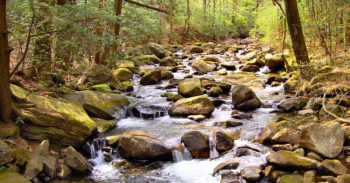
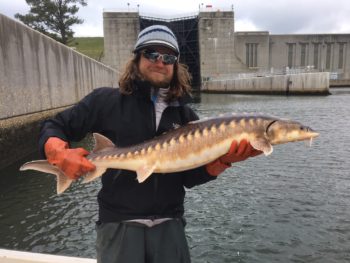
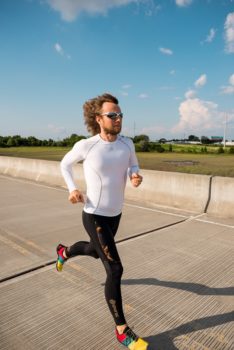
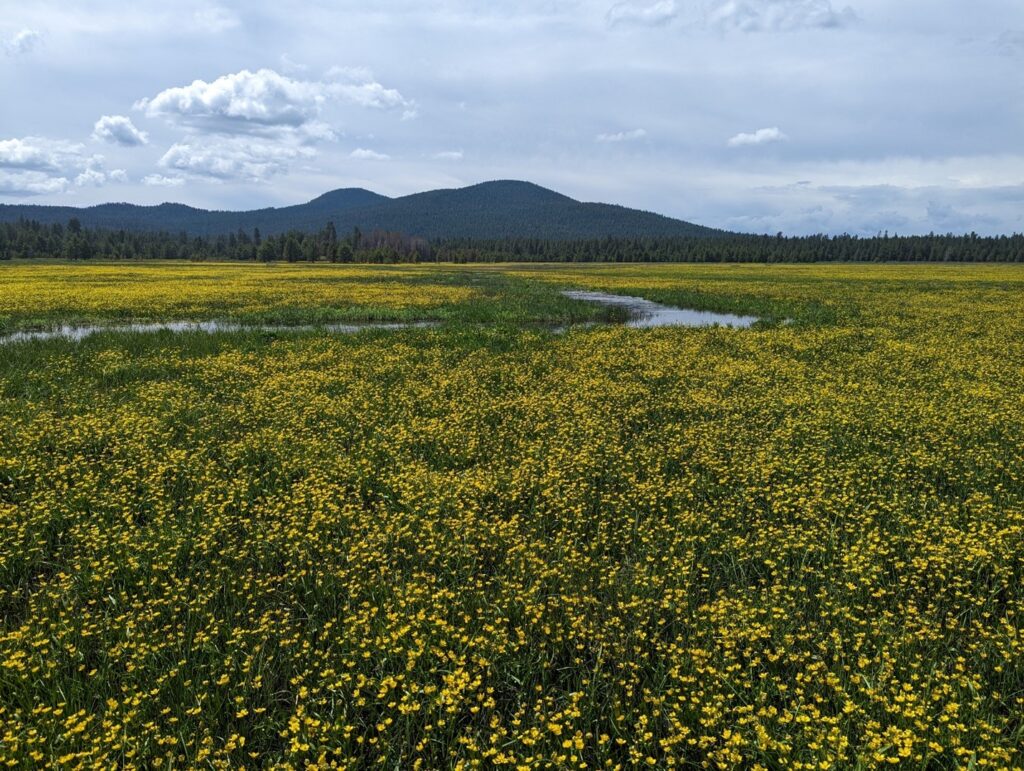
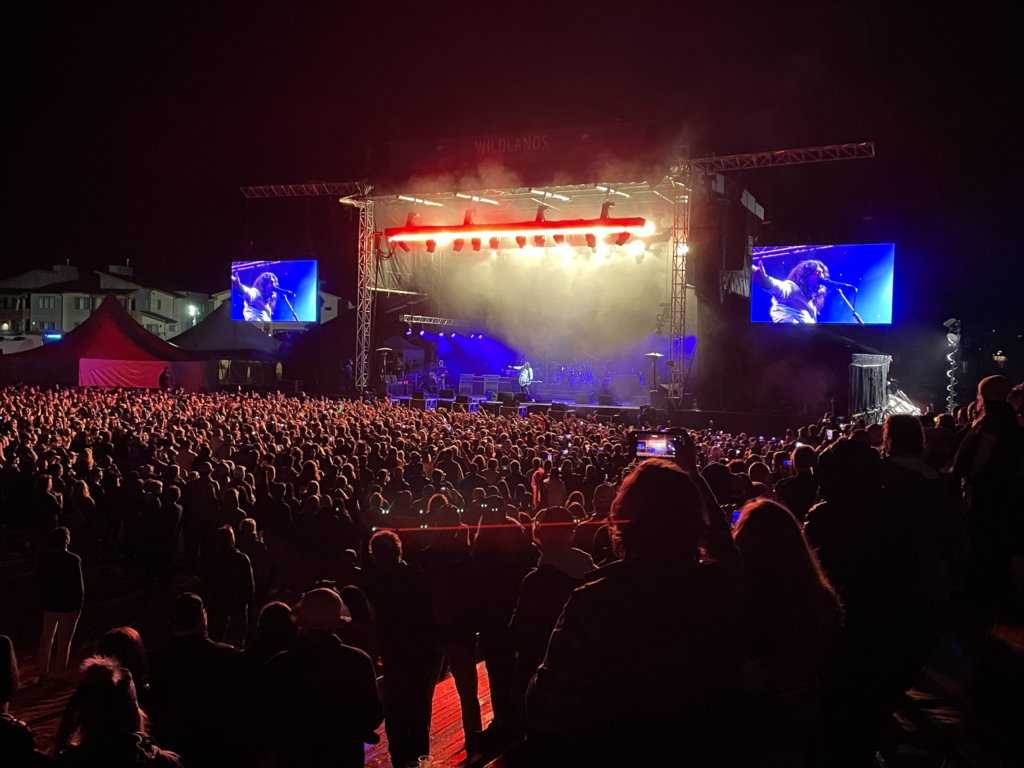
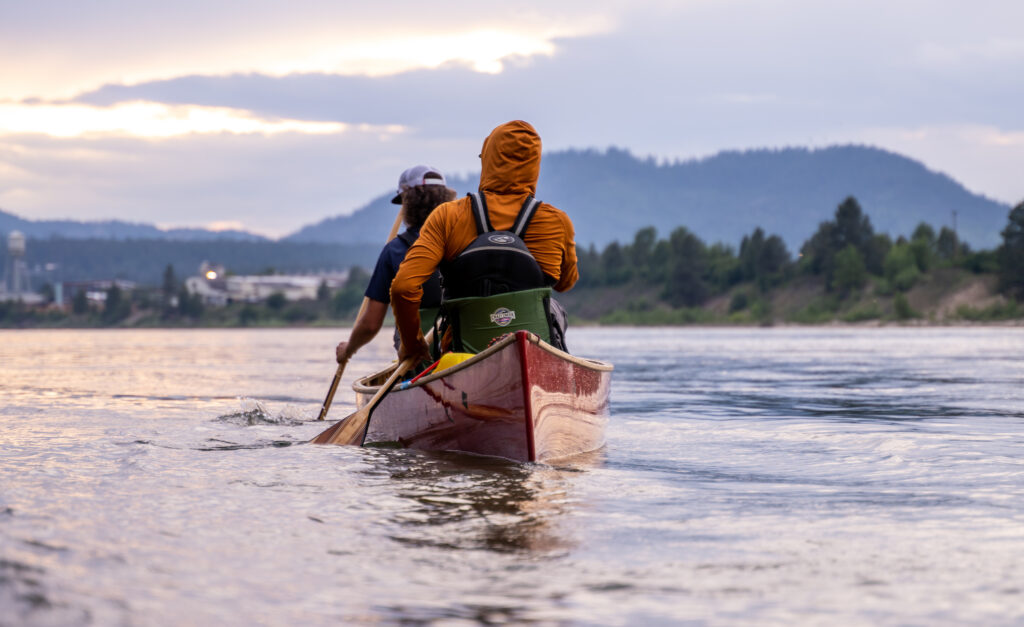
3 responses to “Running for Rivers: An Interview With Keith Hanson”
Check out http://runningforrivers.com/, from there he has a contact section as well as links to his Facebook and Twitter, he’s a fast responder!
How can we find specifics about his run? I’d like to cheer him on.
Very good! We look forward to hearing about the outcome!